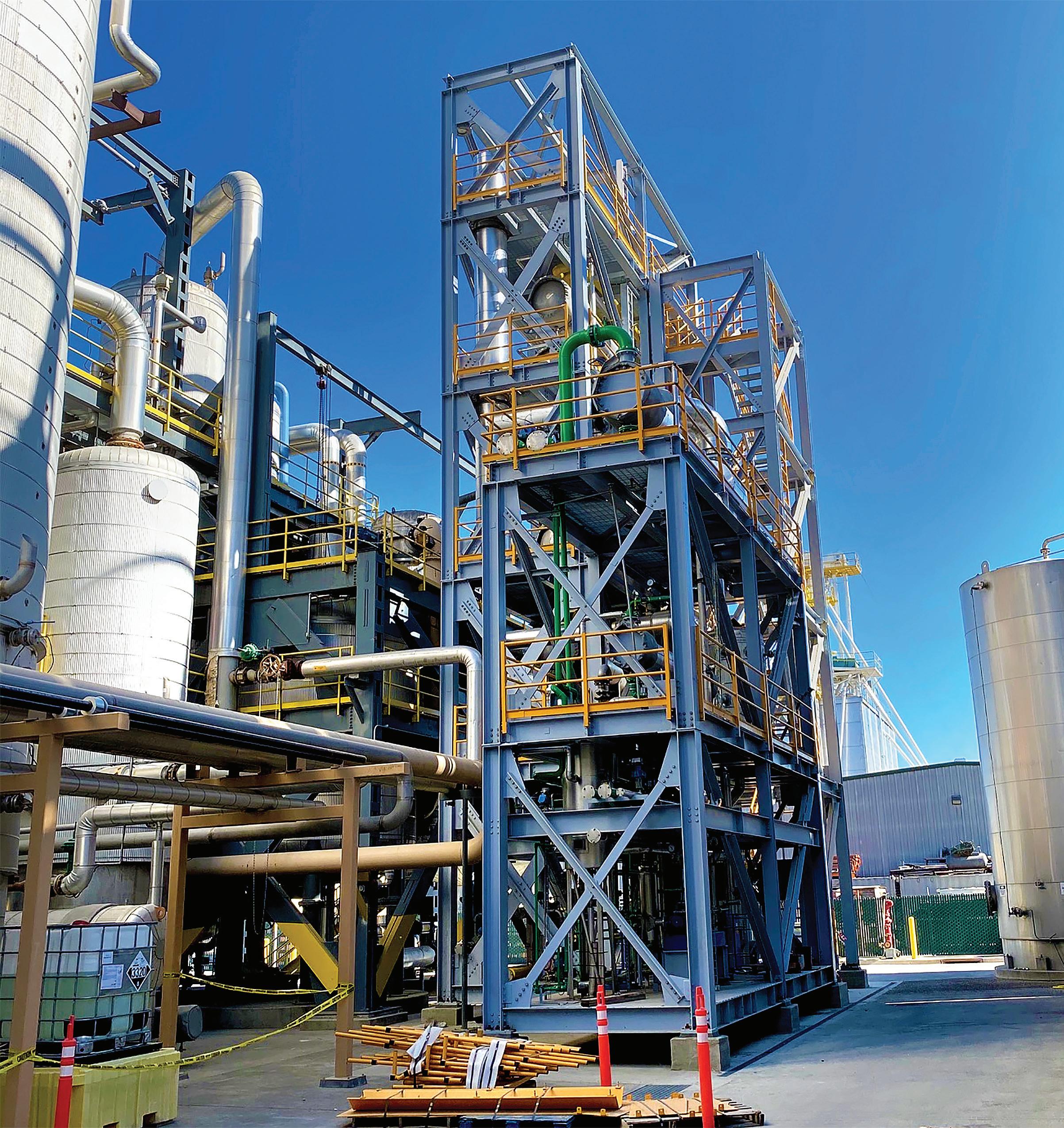Outlook
LESS THAN
EXPECTED, MORE THAN ENOUGH
Ideal growing conditions and optimal yields should provide a silver lining for the 2020-’21 corn crop following lower than expected planting numbers. By Luke Geiver
This season’s corn crop has had its ups and downs. Early planting intentions by U.S. growers created the possibility for more than 97 million acres of corn to be planted in the 2020-’21 season. As of late summer, the United States Department of Agriculture and others in the corn forecasting sector predicted planted acreage would come in at roughly 92 million acres, with 84 million of those acres harvestable. In March, the economic impact of COVID-19—which spurred reduced driving, food processing shutdowns and global grain demand uncertainty—was already clear to economists Scott Irwin and Todd Hubbs from the University of Illinois’ Department of Agriculture and Consumer Economics. A review of corn data by Irwin and Hubbs in late June helped them explain to regional and national parties connected to the agriculture sector where the current crop was headed, despite early projections. Although weather and planting conditions played an important role in this spring’s planting numbers, Irwin says COVID-19 provided an important basis for the actions growers ultimately took.
Less-than-ideal economics—a direct result of COVID-19—played a large part in the reduction of the total corn crop by 5 million acres. Along with the economic factors of the pandemic, Hubbs says many farmers made the choice to pursue preventative planting instead of forcing a corn crop. “Incentives and experience pushed farmers toward prevent-plant,” Hubbs says. After 2019, many farmers in the Corn Belt gained experience in how to properly plant, grow and utilize fiscal incentives associated with prevent-plant practices. Although the 5-million-acre pullback for corn was a surprise when USDA released the data showing planted acres were 92 million and not 97 million, Hubbs says it was probably a good thing. “We didn’t need 97 million acres and thankfully we didn’t get them,” he says. A crop that comes in closer to 92 million acres— or even less—would help to drive up the price of corn in his estimation. As for overall volume, the 2020-’21 season will still yield massive results. At 92 million planted acres, U.S. growers will plant nearly 3 million more acres of corn this year compared to 2019. The number of corn acres harvested is expected to reach 84 million, up nearly 3 million acres from the previous year as well. Also up this year is the total production yield. The USDA believes the
BROAD VIEW: Despite ideal planting conditions and a healthy crop, market forecasts are still dependent on the lingering impact of a global pandemic. PHOTOS: USDA
32 | ETHANOL PRODUCER MAGAZINE | SEPTEMBER 2020




